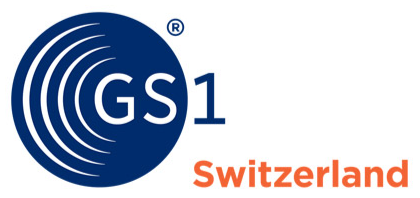EPC/RFID - The future has begun
An RFID system consists of a transponder (radio tag) and an RFID reader/writer. The transponder is located directly on the object to be identified. In combination with the Electronic Product Code (EPC), every object is uniquely identified worldwide.
Radio Frequency Identification (RFID) is a technology that makes it possible to identify and locate objects automatically and without contact over a short distance. An RFID system consists of a data carrier (transponder) and a read/write device with an antenna.
The technology works with weak electromagnetic waves that are received by a reader. When a transponder is taken into the antenna's response range, it becomes active and the information is read without contact. Radio frequency technology for identification purposes complements barcode technology and enables new applications and increases their level of automation.
Contact
Uniquely identified with EPC
The RFID transponder is essentially only the data carrier. The actual information that is stored is the Electronic Product Code (EPC). The EPC code is a worldwide non-overlapping sequence of digits that can be used to uniquely identify any object such as pallets, cartons, packages, consumer units.
The EPC consists of the GS1 basis number, in some cases an object type, and a serial number. The object type identifies a product type (corresponding to the Global Trade Item Number, GTIN) or a container type (corresponding to the Global Returnable Asset Identifier). The GS1 identification keys such as GTIN or SSCC are compatible with the EPC system.
To make it as easy as possible for you to get started with radio frequency technology, GS1 Switzerland offers seminars and workshops as well as various publications. Our experts would be pleased to advise you on site.


